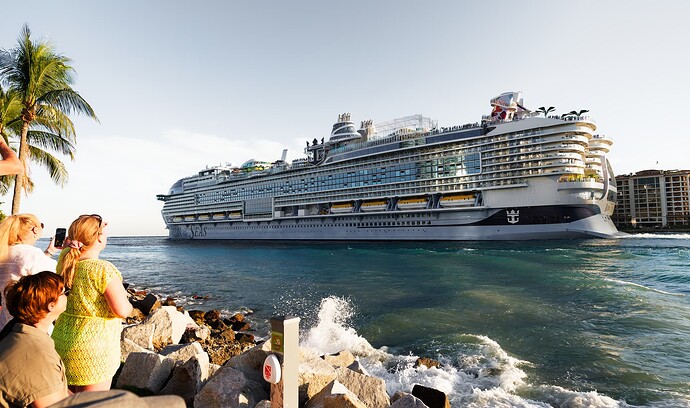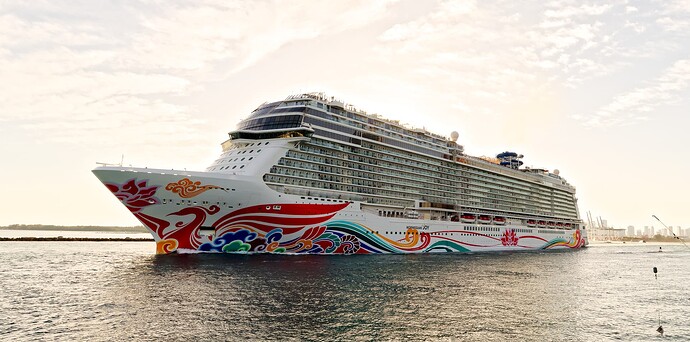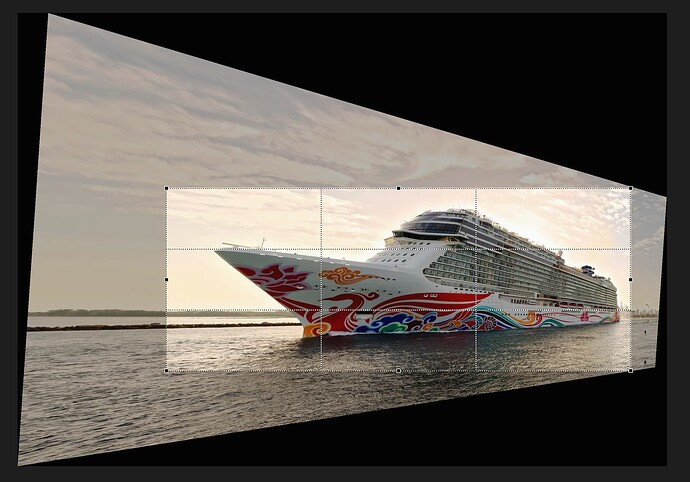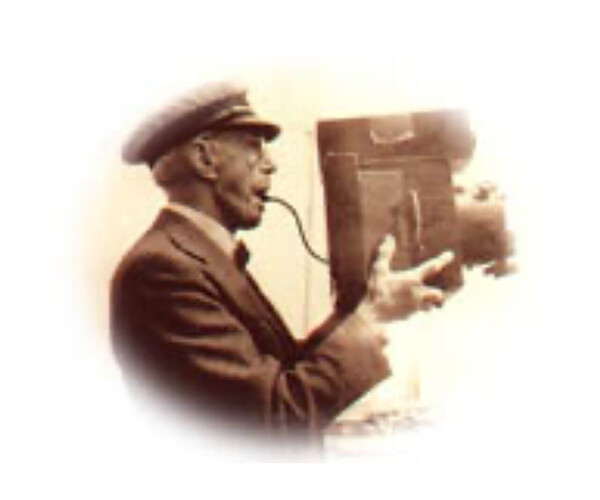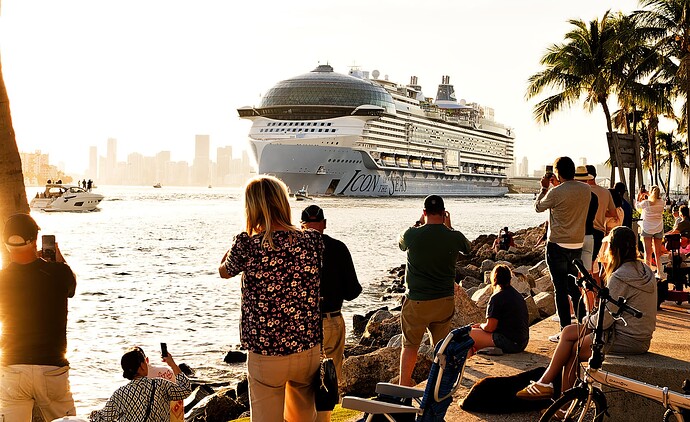When I switched to digital, I removed the batteries from my flash, and put the flash away for probably over ten years. Put in new standard AA cells, and the flash works fine.
If I was a “working professional” I would agree with you. I’m retired, and I’m re-learning how to use my SB-800 for “fill flash”. I wish the D780 had a built-in flash, like my D750. As for batteries, the support person at Nikon suggested I just use disposable AA cells, so there is no re-charging.
I never used to take a flash with me, unless I knew I was going to use it. I certainly wasn’t expecting to get those monkey photos. I suppose you’re right, I should always have all my photo gear with me. But I didn’t even have my Nikon, just the Fuji, and I did use the flash for several of those shots. Certainly good advice, but I thought we were just going to an old temple. Of course you’re right, hindsight is always 20:20.
Since I was being sent all around the world to cover certain events, which got published in three or four magazines, does that mean I am a photojournalist? As to questions, I’ve forgotten so much, it’s sad (for me). Film? You want me to write about film? That probably deserves to be done in a film related forum, not here.
Interesting reading:
When I took the ship photo I just posted, that was “journalism”, not “art”. PhotoLab seems to be just as valuable for both, and if I wasn’t using PhotoLab, I would be posting elsewhere. But so many people here have so much good, relevant, and useful advice. PhotoLab takes a lot of work and effort and practice to start to get good at it.
I agree that this is good advice, but it’s not how I do things. Before I go out on my own, I prefer to learn the basics well enough before doing so. You’re correct though that as I push the boundaries, it is good for me. Two weeks ago I would have never shot at ISO 25,000. Now understand it better - mostly because of what @Joanna explained, and my experiment proved her right.
There are also downsides for me to follow this path. As good as it is, my D780 feels like a machine that I am operating. My M10 felt like it was a part of me. The Leica was good for a different style of photography. The D780 does things the M10 can not do. The M10 has a very small number of “settings” in the menu system. The D780 has so many menus and settings that I continually forget things. That’s a fault in me, not in the camera. Heck, if I picked up a new M10, it would take less than 10 minutes to set everything. With the D780 it wouldn’t be done in under 10 hours, perhaps several days.
Back to PhotoLab, I used to feel totally overwhelmed by the software. So many settings, and I was always confusabobbled. It took many months to start to feel better about it. If I don’t actively use a tool in over two months, my memory of how and why to use it vanishes, and I’ve got to learn it all over again. I would probably have gone back to Lightroom but for the wonderful people in this forum. People here are pushing me to learn new things, and there are so many how-to videos online that learning is easier - PhotoJoseph for just one. And even more frightening, I’ve bought several of the other DxO programs, that are now part of my PhotoLab. My attitude today is that they do things I don’t “need”.
I’ve got some attitudes that I know limit me - like I would never switch things to a “mirror reflection”. It goes against everything I learned in my past. It’s painful to “erase” irrelevant details in a photograph - although even that is OK if I call it something other than a “photograph”. I guess “Photographic Illustration” would be my choice. For so many years I tried to follow the rules of photojournalism, that they’re baked into my brain, for better or worse.
I write too much…

